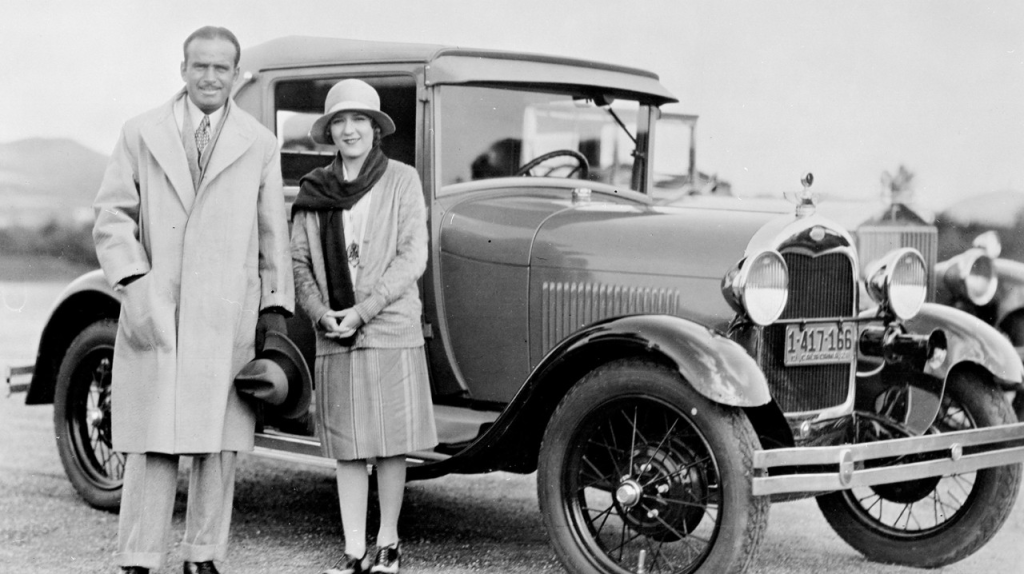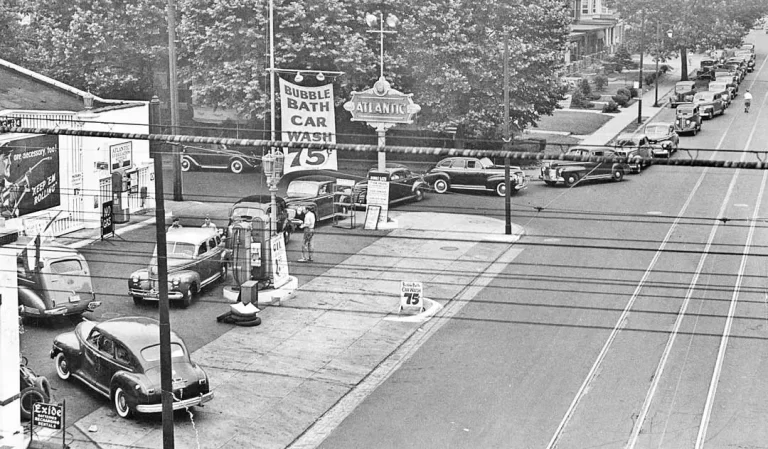
On November 1, 1927, the Ford Motor Company began serial production of a vehicle that would become a symbol of innovation and a turning point in the history of American automobiles – the Ford Model A. The Model A marked a significant departure from its predecessor, the iconic Model T, but its development was not without its share of challenges, including Henry Ford’s initial reluctance to embrace change. Nevertheless, it became a huge success and left a lasting legacy.
Development of the Ford Model A
Henry’s son Edsel Ford, who had long been advocating for an updated and more modern vehicle to replace the aging Model T, played a pivotal role in the development of the Model A. His vision was to create a car that offered more style, comfort, and performance compared to the utilitarian Model T. He believed that it was time for the Ford Motor Company to transition from its outdated and simplistic design to a more contemporary one. Edsel’s ideas were influenced by European automotive trends, and he wanted to bring some of that sophistication to the American market.

The development process for the Model A was a collaborative effort within the Ford Motor Company. Engineers and designers worked relentlessly to incorporate modern features, such as hydraulic brakes, a more powerful 40-horsepower engine, and a stylish, more modern body design. The car also came equipped with an electric starter and more user-friendly controls, making it easier for drivers to operate compared to the antiquated device known as the Tin Lizzy.
Henry Ford’s opposition to the Model A
While Edsel Ford was eager to launch the Model A, his father, Henry Ford, initially opposed the project. Henry had always been a strong advocate for the Model T. He believed in keeping the Model T in production, considering it still to be a reliable, affordable, and profitable vehicle, even after two decades of sales with little updating. His resistance to change was well-known, and he resisted Edsel’s efforts to introduce the Model A.

However, as the automotive market evolved, it became increasingly clear that the Model T’s reign was coming to an end. The public’s demand for more advanced features and modern styling could not be ignored. Ultimately, Edsel Ford’s vision for the Model A prevailed, and development of the new car began in earnest. Henry would later take much of the credit for the Model A, despite his disdain for its enhanced styling and improved mechanicals.
Interestingly, Henry Ford himself hand stamped the engine number on the first Ford Model A on October 20, 1927. Engineers fit to a Tudor body and sent it out for testing. For the next ten days Ford assembly lines stood idle as they awaited word of the results. Then, on November 1, 1927, plants around the country received communications instructing them to commence production.
Ford Model A sales
Ford officially introduced the Model A on December 2, 1927. It featured several body styles, including coupes, roadsters, and sedans, giving buyers a variety of options to choose from. With its attractive design, improved performance, and affordable price, the Model A was an ultimate success, but sales were slow to begin. This could be attributed to a poor marketing plan and insufficient inventory to send to dealers nationwide. Why? As plants learned how to build the new Ford, initial production was limited to as few as 20 cars per day at some facilities.

However, over its four-year production run, the Model A surpassed expectations. By 1929, one million Model A cars went home with customers, a testament to its popularity. The Ford Model A revitalized the Ford Motor Company and solidified its position as a leader in the automotive industry. Its success also played a significant role in Edsel Ford’s standing within the company, as he continued to advocate for innovation and modernization. By the time production ended in March of 1932, some 4.8 million Ford Model A sedans, coupes, and other body styles had left the assembly line.
What came after the Ford Model A?
In 1932, the Ford Motor Company introduced a successor to the Model A, the four cylinder Model B and the powerful Model 18 that featured Ford’s new Flathead V8 engine, setting a new standard for affordable performance in a production car.
Looking back, the Ford Model A was a groundbreaking vehicle that represented a turning point in the history of automobiles. It was the product of Edsel Ford’s vision and the perseverance of the Ford Motor Company’s engineering team, despite Henry Ford’s initial resistance. The Model A’s success was a testament to the changing tastes and demands of consumers in the automotive market. It marked the end of an era and the beginning of a new one, leaving an indelible mark on the history of the auto industry.



















One Response
Henry Ford would not allow hydraulic brakes until 1937.